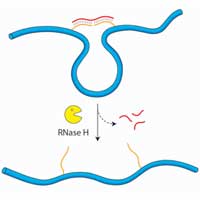 Scientists have developed DNA nanoswitches that can detect the presence of ribonucleases (RNases) which are enzymes that degrade RNA.
Scientists have developed DNA nanoswitches that can detect the presence of ribonucleases (RNases) which are enzymes that degrade RNA.
Wednesday, July 22, 2020
DNA nanoswitches respond to RNA degrading enzymes, with applications in biosensing and molecular computing
 Scientists have developed DNA nanoswitches that can detect the presence of ribonucleases (RNases) which are enzymes that degrade RNA.
Scientists have developed DNA nanoswitches that can detect the presence of ribonucleases (RNases) which are enzymes that degrade RNA.
Diamonds shine a light on hidden currents in graphene
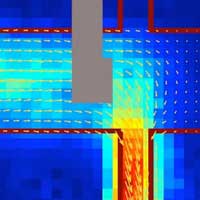 A new quantum sensing technique uses diamonds to reveal the fluid-like electrical currents in graphene.
A new quantum sensing technique uses diamonds to reveal the fluid-like electrical currents in graphene.
'Seeing' and 'manipulating' functions of living cells with AFM
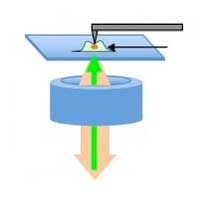 Researchers have given greater functionalities to atomic force microscopy (AFM) by minimally invasive surgery to living cells using photocatalytic oxidation controlled in a nanoscale space and visualizing dynamic information on intracellular biomolecules.
Researchers have given greater functionalities to atomic force microscopy (AFM) by minimally invasive surgery to living cells using photocatalytic oxidation controlled in a nanoscale space and visualizing dynamic information on intracellular biomolecules.
Graphene can act as surfactant
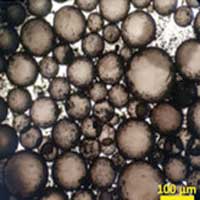 New research into graphene flakes has discovered that the material can act as a surfactant, for the first time demonstrating how it can be a versatile 2D stabiliser ideal for many industrial applications from oil extraction to paper processing.
New research into graphene flakes has discovered that the material can act as a surfactant, for the first time demonstrating how it can be a versatile 2D stabiliser ideal for many industrial applications from oil extraction to paper processing.
Diagnosis by exhalation
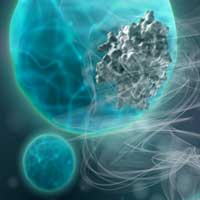 Specialized nanoparticles create a 'breath signal' that could be used to diagnose pneumonia and other infectious or genetic diseases.
Specialized nanoparticles create a 'breath signal' that could be used to diagnose pneumonia and other infectious or genetic diseases.
Photonic crystal light converter - A powerful new tool for observations in physics and life sciences
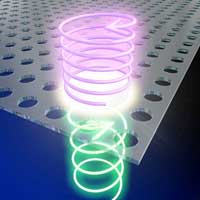 Researchers have created a simple device to convert circularly polarized visible laser light into circularly polarized vacuum ultraviolet light, twisted in the opposite direction.
Researchers have created a simple device to convert circularly polarized visible laser light into circularly polarized vacuum ultraviolet light, twisted in the opposite direction.
Nanoscale cellulose: An alternative to plastics?
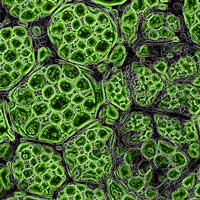 Researchers are working on a comprehensive characterization and humantoxicological assessment of nanocellulose along its life cycle in order to achieve a reliable risk assessment and safe use in environmentally friendly packaging materials.
Researchers are working on a comprehensive characterization and humantoxicological assessment of nanocellulose along its life cycle in order to achieve a reliable risk assessment and safe use in environmentally friendly packaging materials.
New 'super light source' could allow fascinating insights into atoms
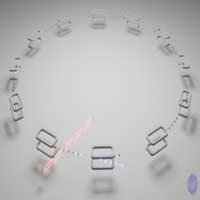 International team of scientists proposes plans for high-intensity gamma radiation source at CERN.
International team of scientists proposes plans for high-intensity gamma radiation source at CERN.
Subscribe to:
Comments (Atom)
